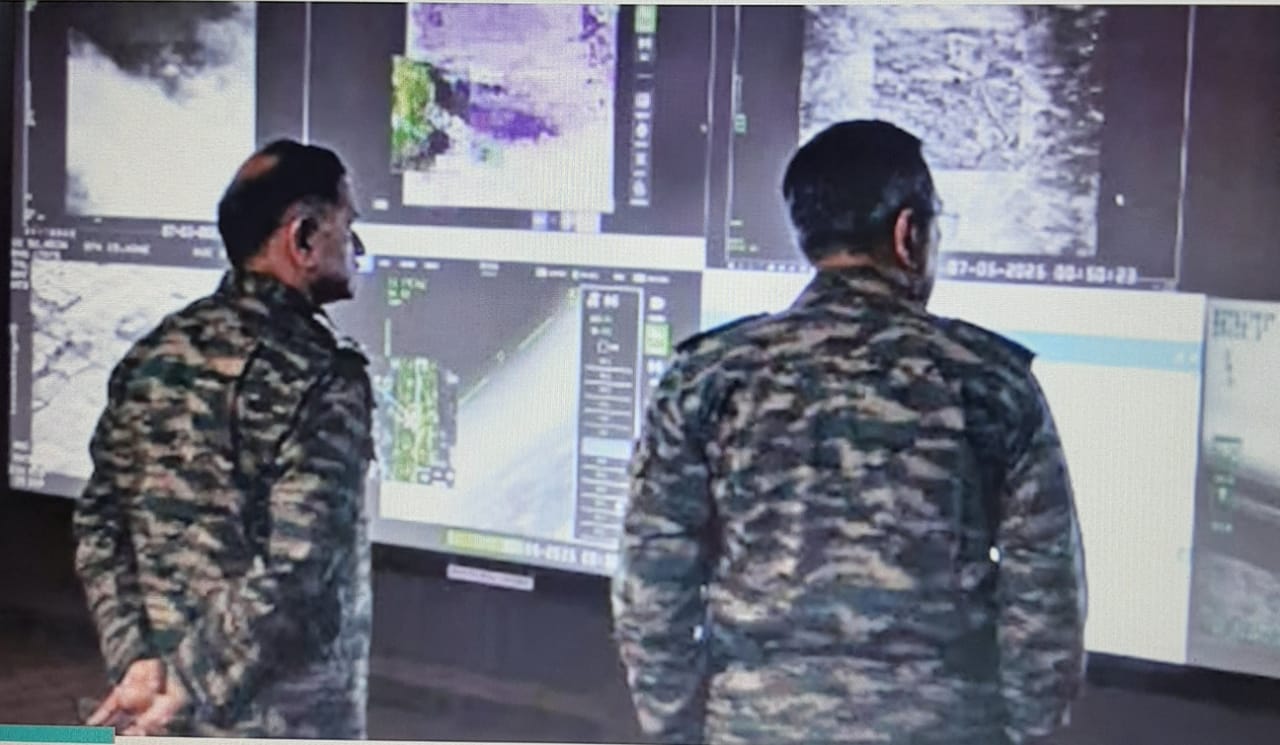
New Delhi, May 27 (DN&V): The current pandemic is unique not just because it is caused by a new virus that puts everyone at risk, but also because the range of innate immune responses is diverse and unpredictable. In some it is strong enough to kill. In others, it is relatively mild. Read an overreaction of the body’s immune system called a cytokine storm. Derived from the Greek words for cell (‘cyto’) and movement (‘kinos’), cytokines are small proteins released by many different cells in the body, including those of the immune system where they coordinate the body’s response against infection and trigger inflammation.
Sometimes the body’s response to infection can go into overdrive. For example, when SARS-CoV-2 enters the lungs, it triggers an immune response, attracting immune cells to the region to attack the virus, resulting in localised inflammation. But in some patients, excessive or uncontrolled levels of cytokines are released which then activate more immune cells, resulting in hyperinflammation. This can seriously harm or even kill the patient.
Cytokine storms are a common complication not only of Covid-19 and flu but of other respiratory diseases caused by coronaviruses such as SARS and MERS. They are also associated with non-infectious diseases such as multiple sclerosis and pancreatitis. The phenomenon became more widely known after the 2005 outbreak of the avian H5N1 influenza virus, when the high fatality rate was linked to an out-of-control cytokine response.
Apart from severe and mild reactions, cytokine storms might also explain why younger people are less affected by Covid-19, as their immune systems are less developed and so produce lower levels of inflammation-driving cytokines. So while we blame the coronavirus for deaths, in some cases, it may actually be a hyperactive immune reaction that is the cause.
When you run with the mask on…
Running with a facial mask is almost like running at a high altitude, say doctors. “The mask tends to hinder the amount of oxygen you are breathing in, much like what happens at higher altitudes,” Dr KA Thiagarajan, associate professor, Centre for Sports Sciences said .
“The only reason you would need to wear a mask when exercising outdoors is for social reasons, to appease other walkers in the neighbourhood, or if the government mandates it,” he says. “Also, if you sweat into the mask, it loses its antimicrobial property anyway.”
An infectious diseases specialist discourages the use of masks when exercising. When a person is exerting themselves physically they breathe harder, he says, but a mask impairs the amount of oxygen coming in, and this can lead to hypoxia, which can manifest as dizziness or breathlessness. “Don’t run in groups, or pick routes where there are fewer people,” he suggests.
A respiratory medicine specialist, however, says: “If there is someone walking or running in the same direction as you and within 10 feet they are likely to be by your side for several seconds. In this case, it’s better to have a mask on”.









